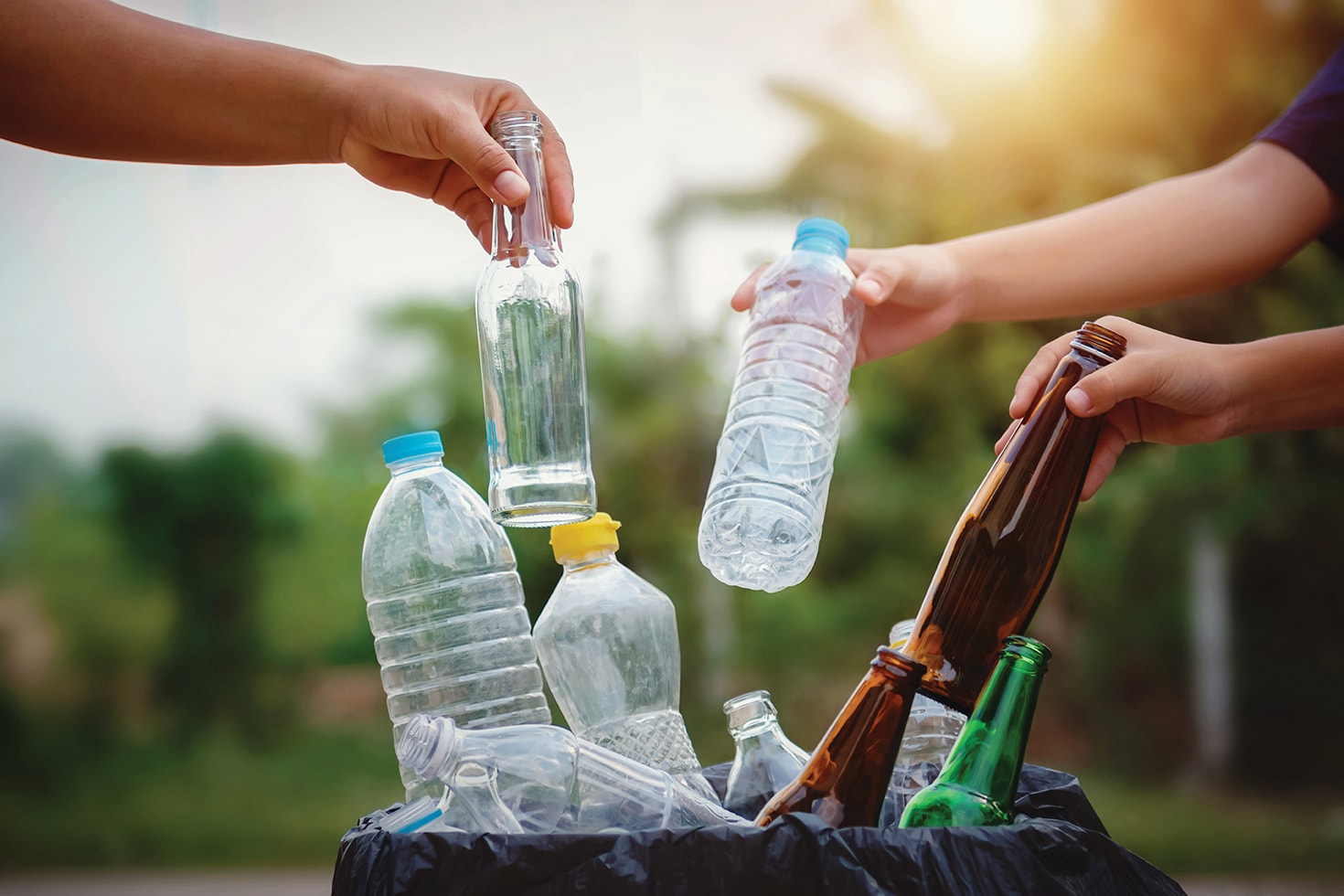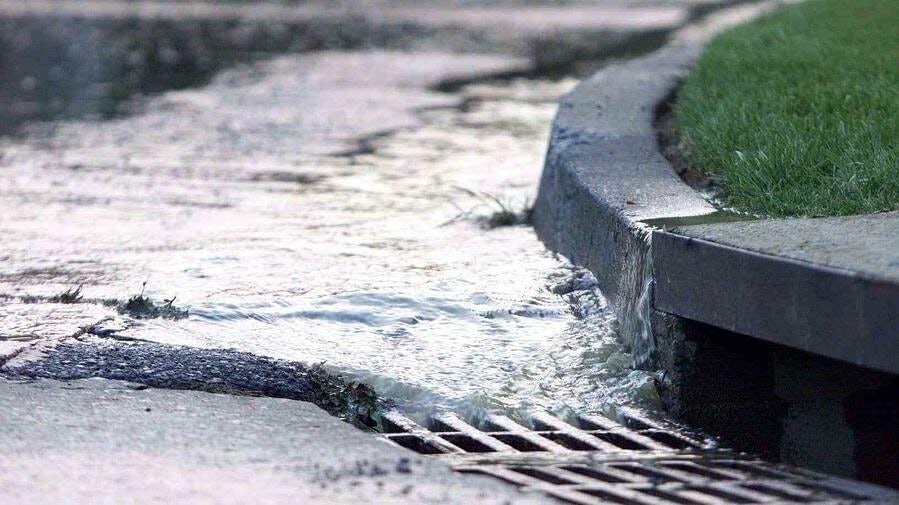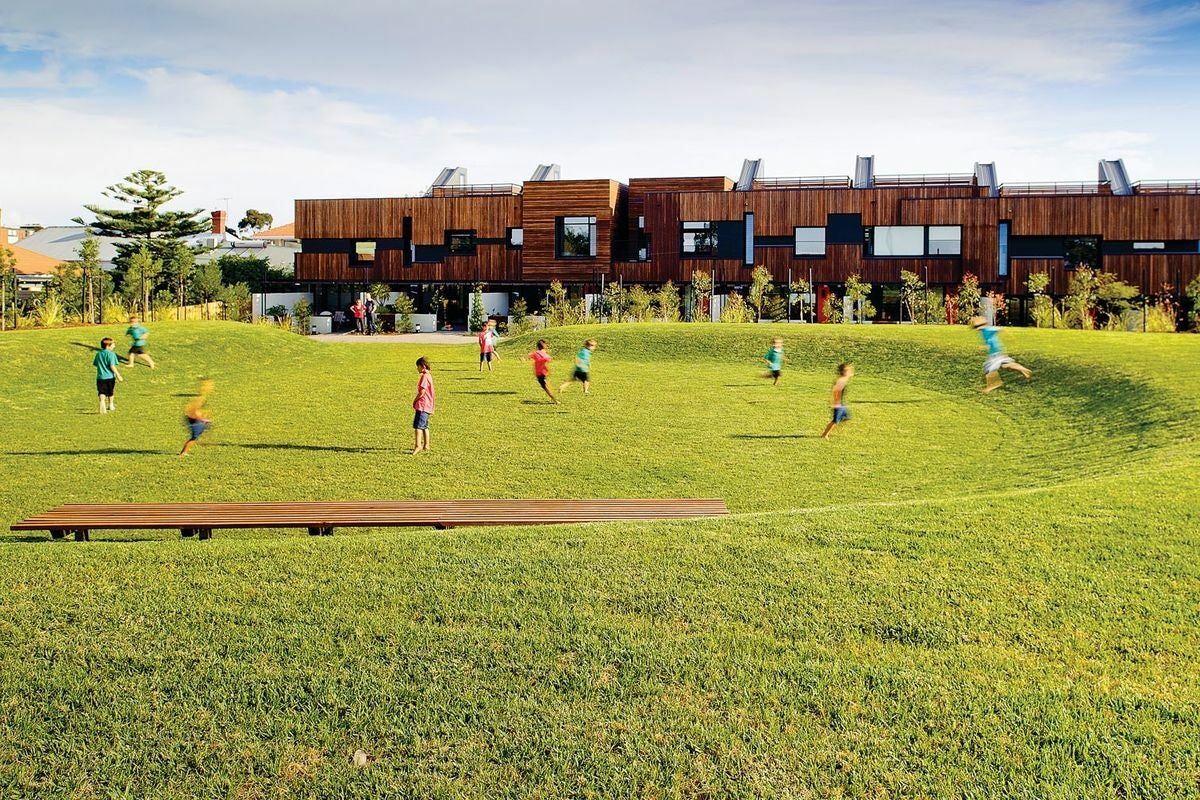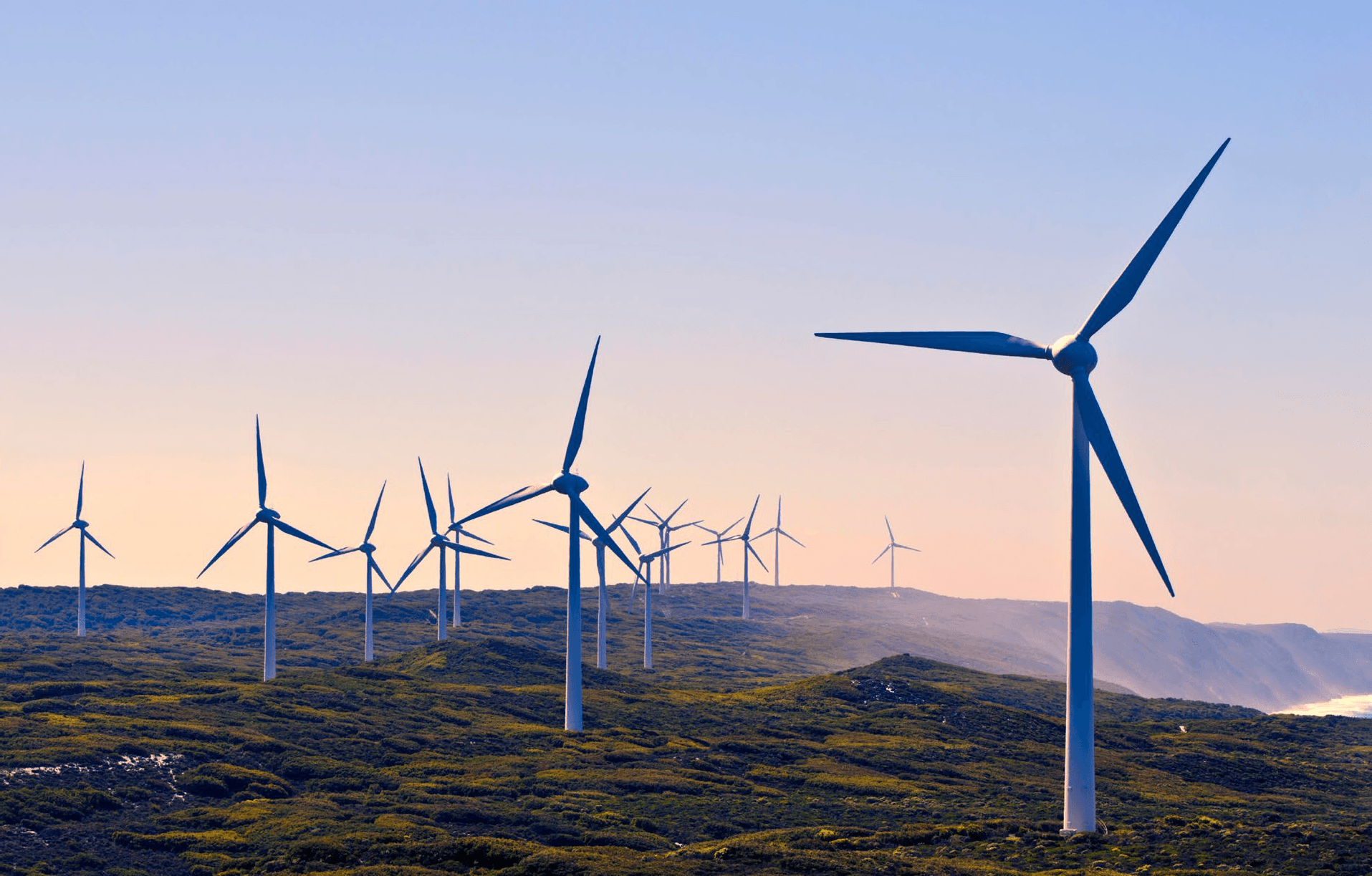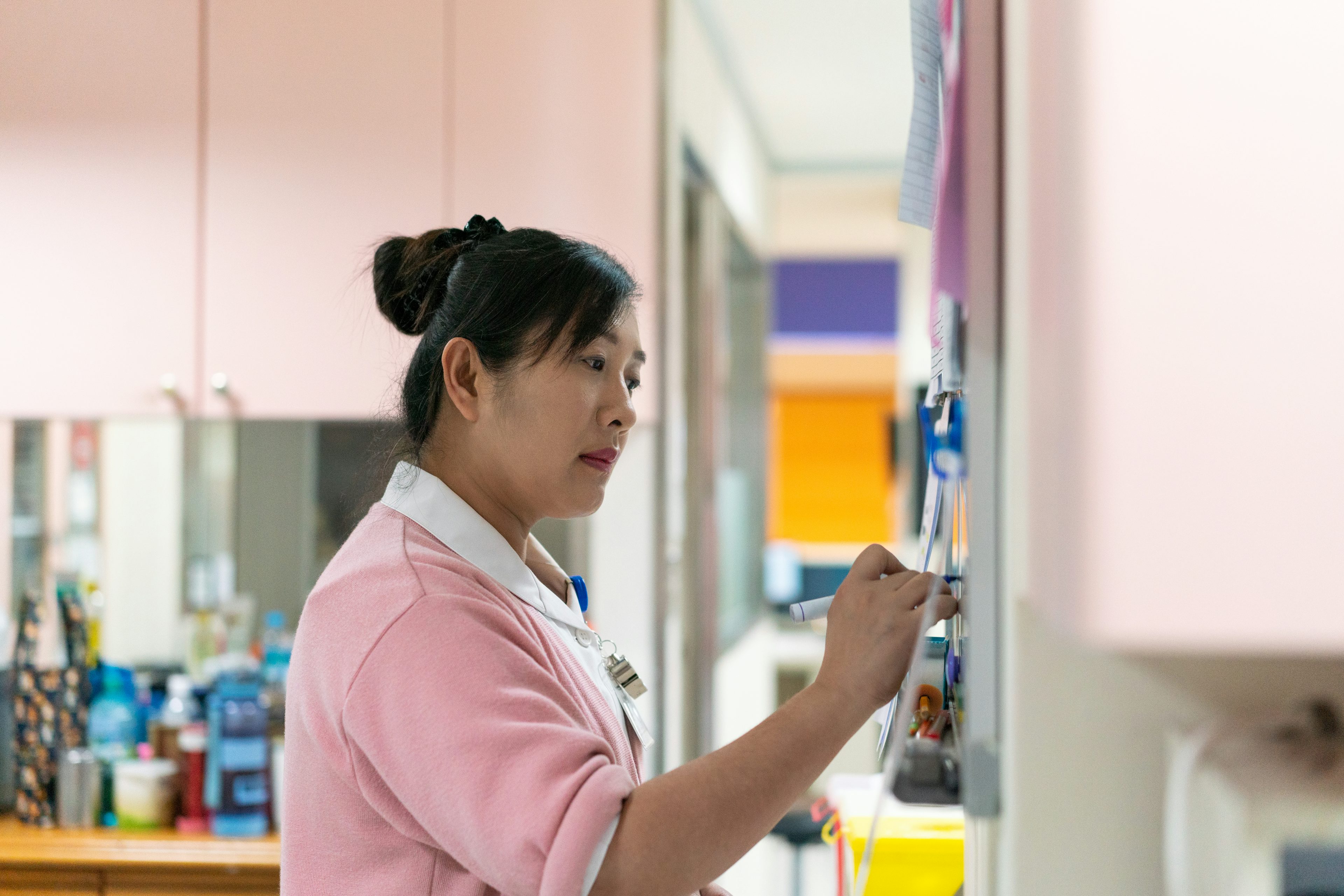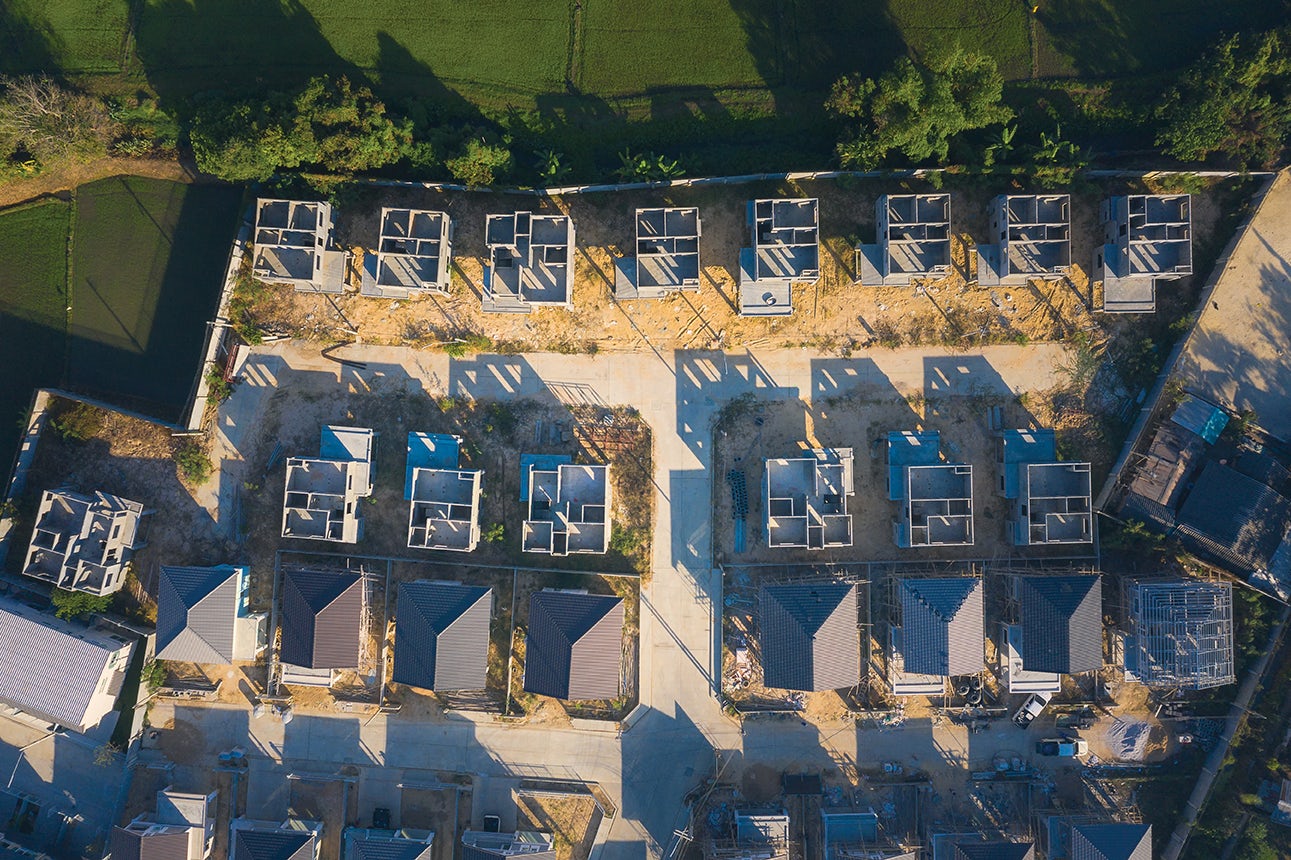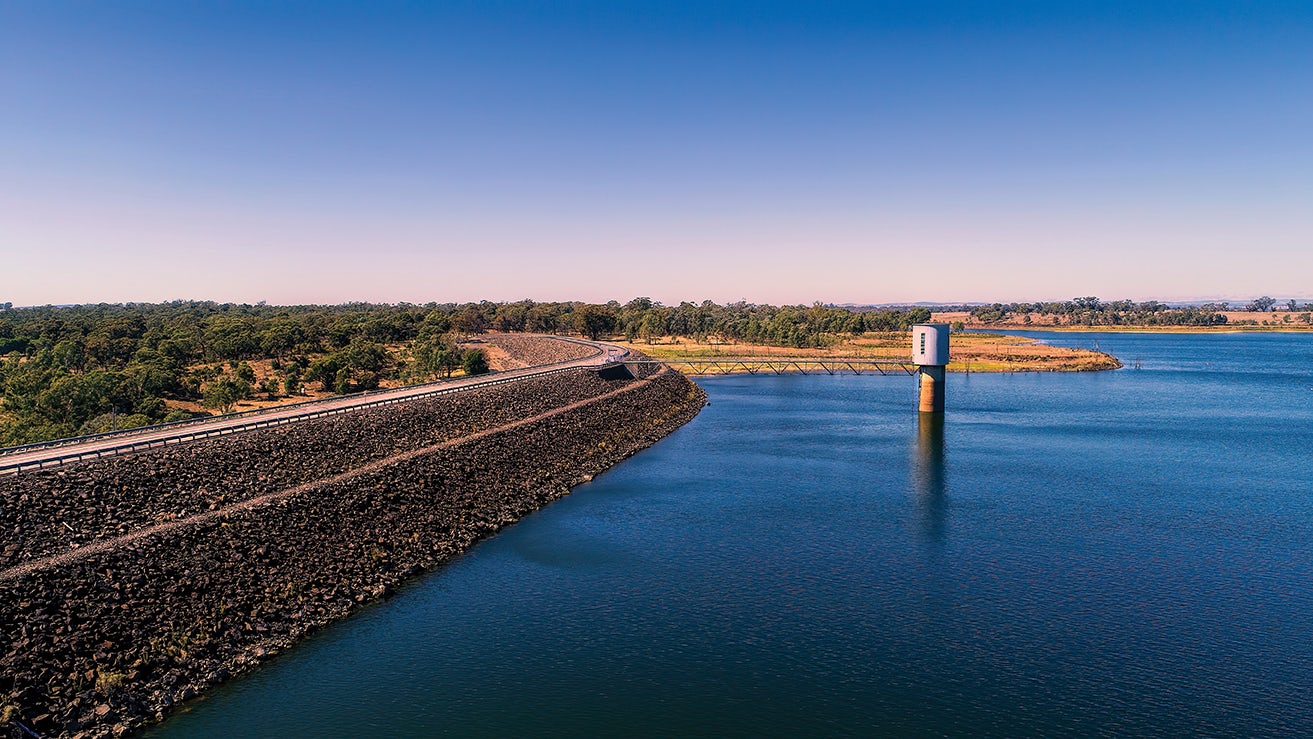Melbourne
Melbourne’s fringe suburbs continue to spread outwards. By 2041, over one million more people may live in the city’s west, north and south-east. Infrastructure Victoria's work shows how we can improve access to infrastructure and help shape the city for a better quality of life.
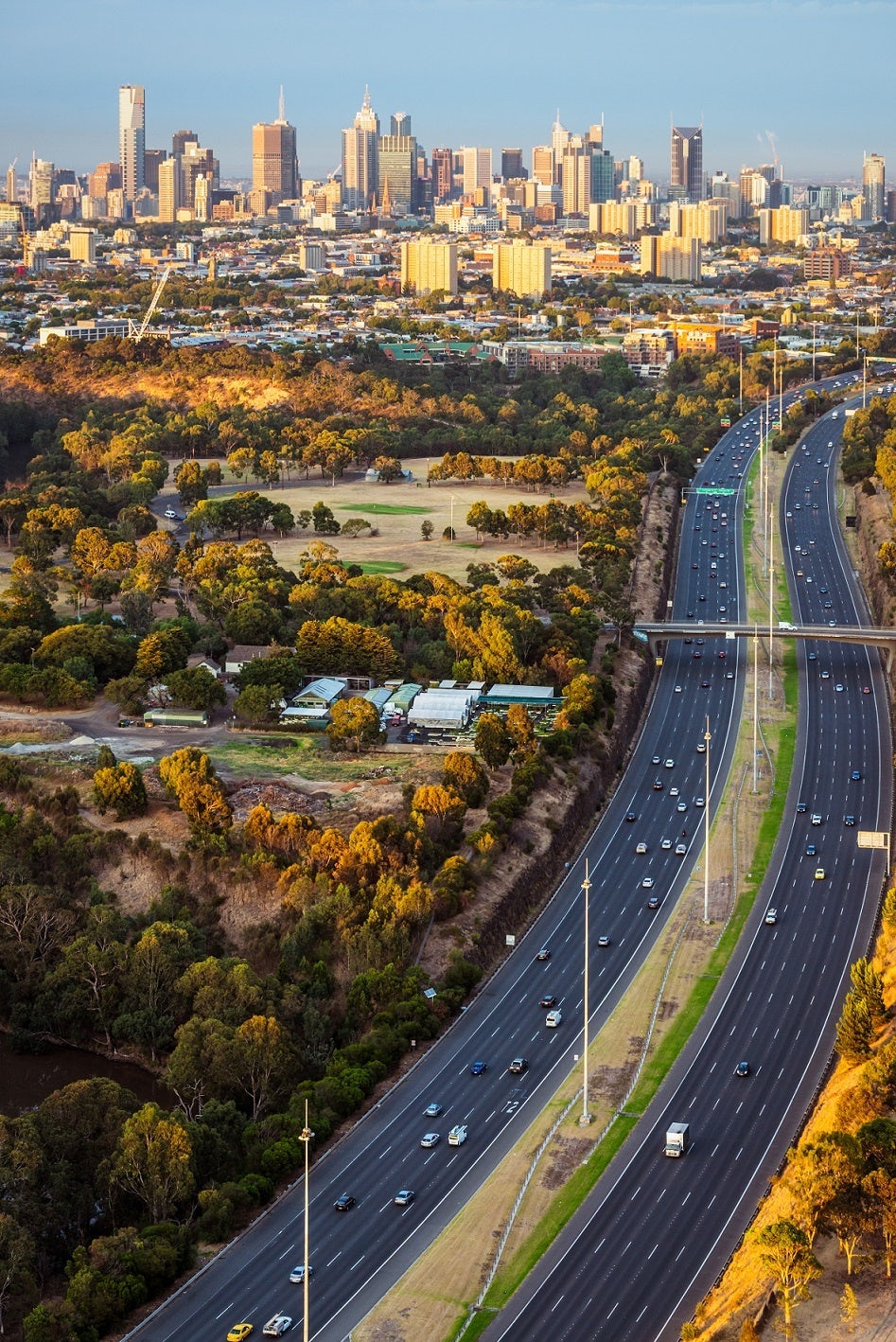
Challenges
It is hard to reach jobs and services
Melbourne's transport network is struggling to keep up with the city's growth. The northern City Loop is a bottleneck and cannot support many more trains. This affects Craigieburn and Upfield train services, causing overcrowding. Buses will run slower on 84% of routes by 2036. Road congestion could increase by 46% over the next decade. Accessibility is also a problem. Transport constraints make it harder for people to access jobs and services.
Essential infrastructure is under pressure
Melbourne’s growth is stretching essential infrastructure. Hundreds of new kindergartens are needed and schools in inner Melbourne and new suburbs are running out of space. Three major hospitals need redevelopment. Emergency departments are seeing more patients with complex health needs. By 2036, Melbourne might need an extra 1,000 hectares of open space in its established suburbs. Melbourne's water supply might also need to double in the next 50 years.
Well-connected areas lack affordable homes
Melbourne's inner and middle suburbs have access to schools, parks and public transport. People in these areas have better health and spend less time travelling. But homes are expensive and in short supply. In 2021, these suburbs had a shortage of 71,600 affordable rental homes. Planning rules limit how much housing can be built in well-connected areas. Changing these rules could allow for 5 million more homes close to train stations and activity centres.

